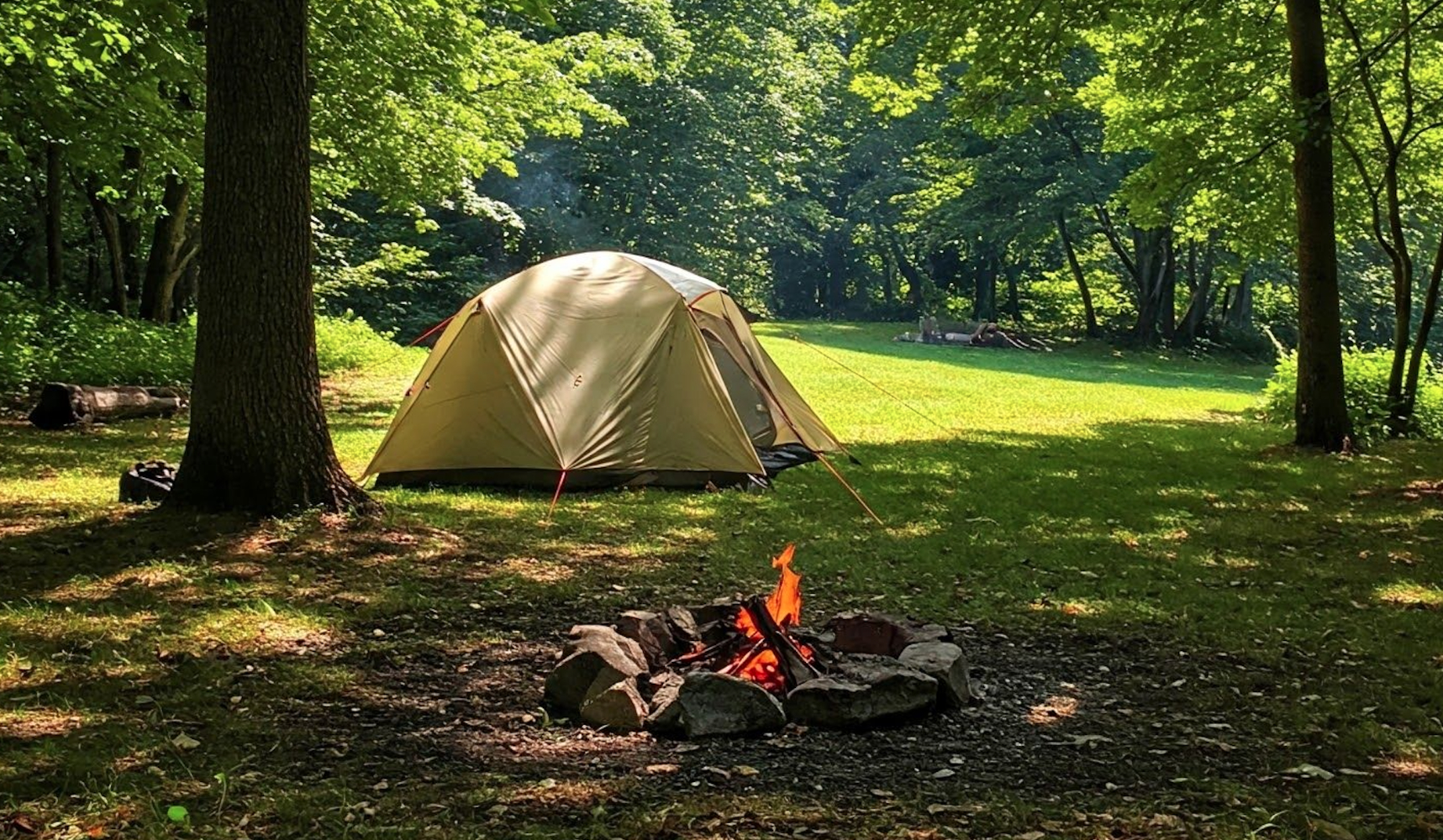Free camping is one of the most cost-effective and rewarding ways to explore the natural beauty of New South Wales (NSW), Australia. With its diverse landscapes—ranging from coastal cliffs to mountain forests and sprawling outback plains—NSW is a haven for campers looking to enjoy nature without the price tag of commercial campgrounds. Whether you're a seasoned camper or a budget-conscious traveller, this guide will help you make the most of your free camping experience across New South Wales.
What is Free Camping?
Free camping, also known as "freedom camping" or "bush camping," refers to staying overnight in areas that don’t require a campsite booking fee. These spots are often managed by local councils, state forests, or national park services and typically offer basic or no facilities. Some sites allow short stays in designated areas, while others provide long-term camping opportunities with minimal costs.
Free camping is not only a great way to reduce travel costs, but it also gives you the freedom to explore off-the-beaten-path destinations and connect more deeply with nature.
Rules and Etiquette of Free Camping in NSW
While the idea of free camping may sound like the wild west of travel, there are still rules and best practices to follow:
1. Know Where You Can Camp
Not all public land in NSW is open to free camping. National parks, for example, generally require a camping permit and fee. However, many state forests, crown land, rest areas, and some local council reserves permit free or low-cost camping. Always look for signage and check online with the managing authority before setting up camp.
2. Respect Time Limits
Some free campsites allow only 24 to 72-hour stays. Staying beyond the allowed time can result in fines and can also damage the environment by overuse.
3. Leave No Trace
Pack out all rubbish, avoid damaging vegetation, and use biodegradable soaps. If there are no toilets, bury human waste at least 15cm deep and 100 metres away from water sources.
4. Be Fire Safe
NSW is prone to bushfires, especially in summer. Always check for fire bans and use designated fire pits where available. Gas cookers are often safer and allowed even during fire bans.
5. Keep Noise to a Minimum
Most free campsites are shared spaces. Respect your fellow campers by keeping music and talking to a reasonable volume, especially during nighttime hours.
Best Free Camping Spots in NSW
NSW has countless scenic free campsites. Here are some of the best-known and most-loved spots:
1. Swans Crossing (Coopernook State Forest)
Located in the Mid North Coast, Swans Crossing is a peaceful campsite surrounded by tall forests. It offers picnic tables, drop toilets, and access to walking trails and swimming holes. Dogs are allowed on a lead.
2. Newnes Campground (Wollemi National Park)
Although part of a national park, Newnes Campground is free and incredibly picturesque. Set in a valley surrounded by dramatic sandstone cliffs, it offers drop toilets and river access. It’s a great base for exploring the Glow Worm Tunnel and historic ruins of the shale oil town.
3. Wingham Brush Reserve
Near Taree, this riverside spot is great for a night or two in a self-contained vehicle. The nearby Wingham Brush Nature Reserve is home to flying foxes and walking tracks. It's close to town, which is convenient for supplies.
4. Bendeela Recreation Area (Kangaroo Valley)
This spacious riverside area is popular with families and has basic toilets and potable water. Expect to see wombats wandering around the campsite! Perfect for kayaking, swimming, and fishing.
5. Narrabri Showground (Northwest NSW)
While technically a donation-based site, Narrabri Showground provides access to toilets, showers, and power, making it ideal for campers who want a bit more comfort without breaking the bank.
Free Camping with a Vehicle
Many travellers in NSW explore by campervan or motorhome, which is a fantastic way to free camp with added comfort. If you're travelling this way:
-
Stay self-contained: Having your own toilet and water tanks can open up more camping options.
-
Use apps and maps: Tools like WikiCamps, CamperMate, and NSW State Forests websites can help locate free camps and provide up-to-date information.
-
Avoid residential areas: Urban free camping is often prohibited. Fines can apply for camping in undesignated areas, especially in coastal towns.
When is the Best Time to Free Camp in NSW?
NSW has a generally mild climate, but the best time for free camping depends on your destination:
-
Coastal areas: Spring and autumn offer pleasant temperatures and fewer crowds.
-
Snowy Mountains: Summer is best for access and warmer nights.
-
Outback NSW: Avoid mid-summer due to extreme heat. Travel during cooler months (April–September).
Final Tips for a Great Free Camping Experience
-
Be prepared: Many free camps are remote with little or no phone service. Carry maps, enough food and water, and emergency supplies.
-
Check local regulations: Rules can change. Use official websites or visitor centres to get current info.
-
Be considerate: Share space, keep pets under control, and greet fellow campers—it adds to the experience.
Conclusion
Free camping in New South Wales is a fantastic way to explore one of Australia’s most diverse and beautiful states without spending a fortune. Whether you're parked beside a river in your campervan or pitching a tent in a quiet forest, the freedom, serenity, and adventure are hard to beat. With a little planning and respect for nature and others, your free camping trip can be an unforgettable part of your Australian travel journey.
